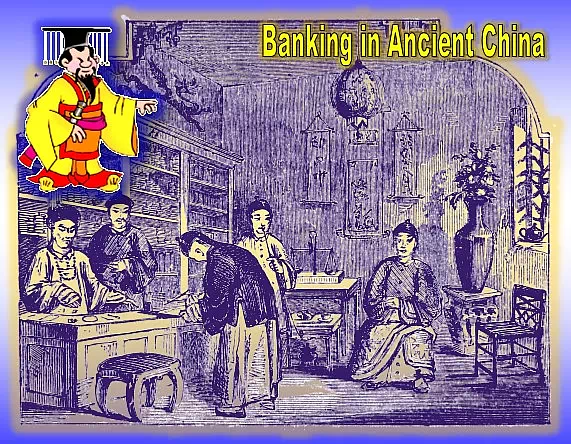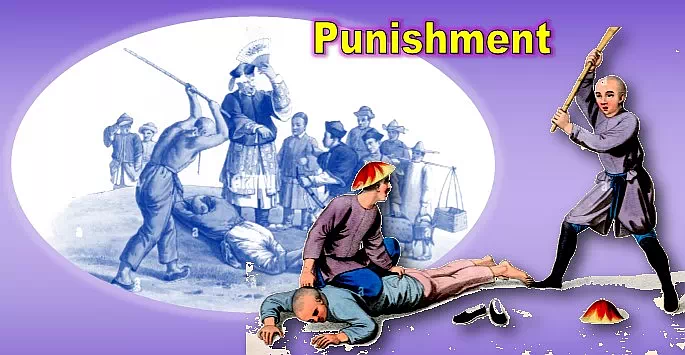Money Lending Systems in the Ancient World / Part-1
Trending Topics
mamlabs.net
- Lending Money @ 30% Interest

Commerce in ancient China was considered to be useful only as far as it could ease the people of their superfluities, and procure them necessaries.
The patrimony of a family in China is seldom divided; and it never happens there, as in almost every other country, that wealth and riches are engrossed by one part of the nation, while the other
possesses nothing.
Almost since 2000 years, money lending upon interest has been in use in China.
Many times it was abolished and re-established.
The interest demanded for money lending was used to be 30 per cent per year as per the lunar calendar system.

The system of collection of interest and principal was followed strictly.
It was not clearly told by historical writers why government had allowed such exorbitant interest to be taken for money in those days.
The recovery of money and interest:
Monthly interest to be paid:
10th part of the annual interest charged.
The following laws were enacted concerning neglect of payment:
However much the debt may have accumulated by months or years, the principal and interest shall remain always the same.
The system of punishment followed for the infringers was:
- The infringer shall receive 40 blows of pan-tsee.
- Hundred blows in case if the infringer tries to evade the punishment deceptively.

This law can be more vividly applied to those whoever shall be convicted before a mandarin (a high public official of imperial China) as:
A. If a month’s interest is not paid – 10 blows to the infringer.
B. For two months – interest not paid – 20 blows.
C. For three months – interest not paid – 30 blows.
This order continues to 60 blows for the sixth month.
The debtor is then obliged to pay principal and interest.
The money lenders who obtain payment by using violence and force are condemned to receive 24 blows.
